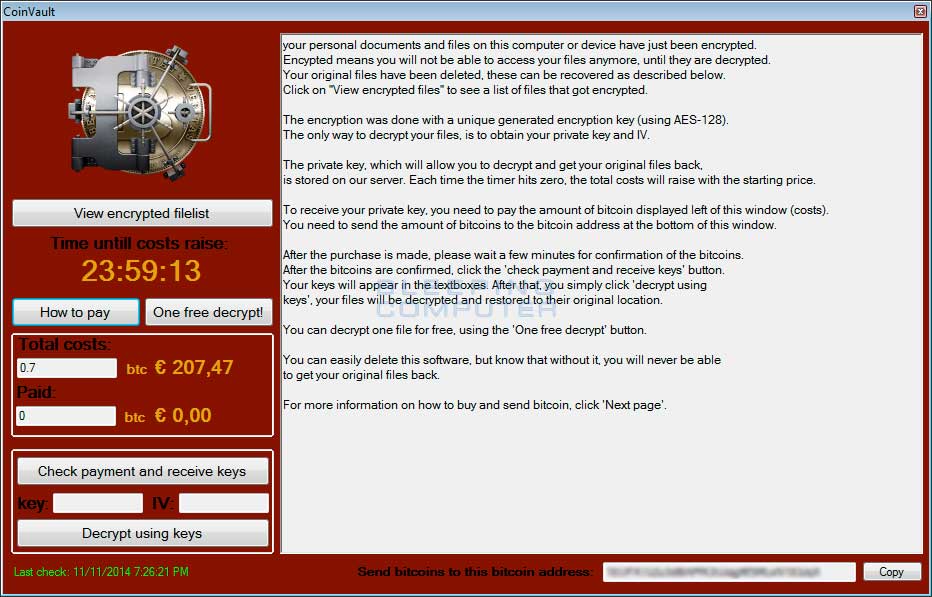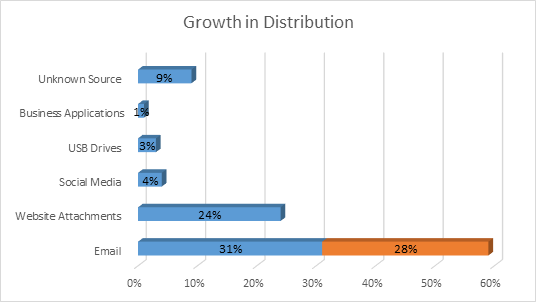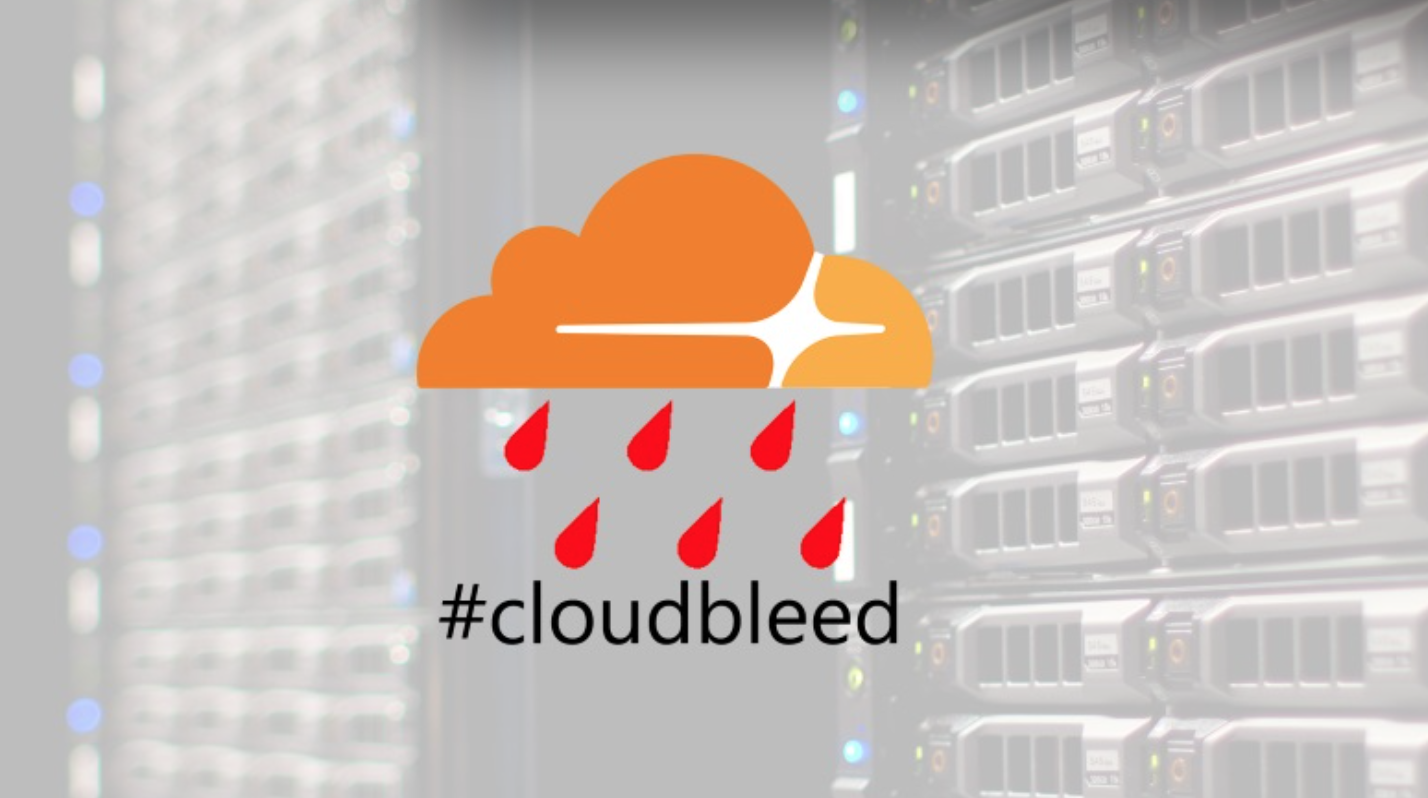“The go-to malware to feed the money-making machine.” – Heimdal Security
Hello, everyone! Thank you for joining me this week for our lesson on ransomware. You may have seen this term through experience or even by watching my Digital Learning Day Video! I have mentioned several times before about clicking on bad ads and links that you cannot trust. Today we are going to explore one dangerous effect of clicking on these links. We will discuss what ransomware is, famous ransomware attacks, and how we can prevent/react to these attacks.
PSA: THIS CAN HAPPEN TO EVERYONE and ANYONE!
- First order of business: What is ransomware?

How a ransomware attack may look like on your PC Source: TRG Networking
Imagine that you are using your computer and you click on a link or a pop-up that comes up on your screen. Your screen immediately turns black and over your screen reads, “This computer has been locked.” You panic as you read that the timer on the screen is counting down and you cannot click X or find your way out. You are experiencing a ransomware attack. Let’s learn what I’m talking about!
A ransomware attack, or the “hostage code” is a type of malware that locks and encrypts all the data on a PC or Desktop. This means that you no longer have access to the data stored on the device. This type of malware DEMANDS a ransom, or money in Bitcoins(the currency of cyber-crime) in order to give you the decryption key. A company or an individual can lose hundreds, even millions of dollars from this villainous ransomware. Stay with me to learn how to protect yourself!
- How does this happen: Through malicious code placed through spam emails, spam links, even on legitimate websites(when they get hacked).
There are plenty of ransomware, ranging from notorious, to super notorious. Examples include GhostCrypt and SNSLocker which both take your data away, but have their unique way of scheming their attack!
Let’s watch this video to better act-out how a ransomware attack happens:
2. Yes, this does happen. In fact, there are over 50,000 of these infections every MONTH!
Organizations, ranging from schools to hospitals small businesses to the FBI, and even our government, all experience ransomware attacks. It is quickly rising and becoming a crime costing a total of $1 BILLION yearly. For example, in November of 2016, a ransomware spread on social media pages including Facebook and Linkedin. Hackers embed malicious code into pictures that they force the user to download, resulting in an infection or RANSOMWARE placed on the device. In the past year, the amount of ransomware has increased by 500%! In 2015, it cost $325 million dollars in damages. In one day, about 5, 700 computers are infected daily.
Source: http://bit.ly/2mLuhTN
Want to know more about the hospital ransomware that affects the data of hundreds of patients? https://youtu.be/X08wgodFgXw?t=36s Watch this quick bit!
Next, THE SUPER IMPORTANT PART! How do I respond/protect myself?
3. What can we do?
- BACK UP YOUR DATA! In the case that you are infected, if your data is stored on another device, an USB, on an external cloud service, or can be recovered- DO NOT PAY THE RANSOMWARE! With a backup, you can restore your data, after resetting your OS.
- Never store important data and files SOLELY on one device, make sure they are
- Again, it is recommended that you do not pay the ransom for your data-– there is no guarantee that the data will be returned and once your money is transferred, it allows the criminals to make more money from their business and “expand” and “continue” their enterprise. You do NOT want to fuel the malware economy!
- Every ransom paid allows for more ransoms to run on other computers.
- You may not get your data back, even after your money is gone!
- Even the FBI recommends not paying the ransomware: http://bit.ly/2mjWx2B
- Be alert for spam emails or phishing emails with spurious links.
- Use a reliable antivirus, use an external protection layer to find safe websites(Web of Trust), and install an AD BLOCKER!
- CONSTANTLY UPDATE THESE PROGRAMS so you are always running the most updated version of protection.
- Adjust your browser’s privacy settings
- Trust your gut with clicking on links and items on your Google Search. Our first instinct is usually correct:)

How is ransomware most commonly spread? Through email! Be cautious and picky about what you click on emails- most malware is attached to spam! Source: http://bit.ly/2mRj5Er
Thanks for sticking with me through this lesson!
As always, stay safe and be careful!
Detective Safety
P.S. Visit nomoreransom.org


